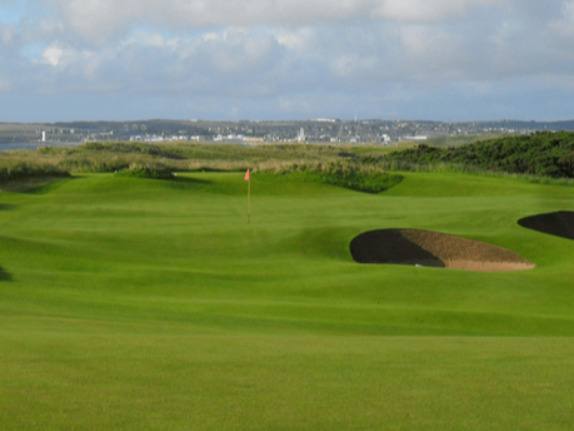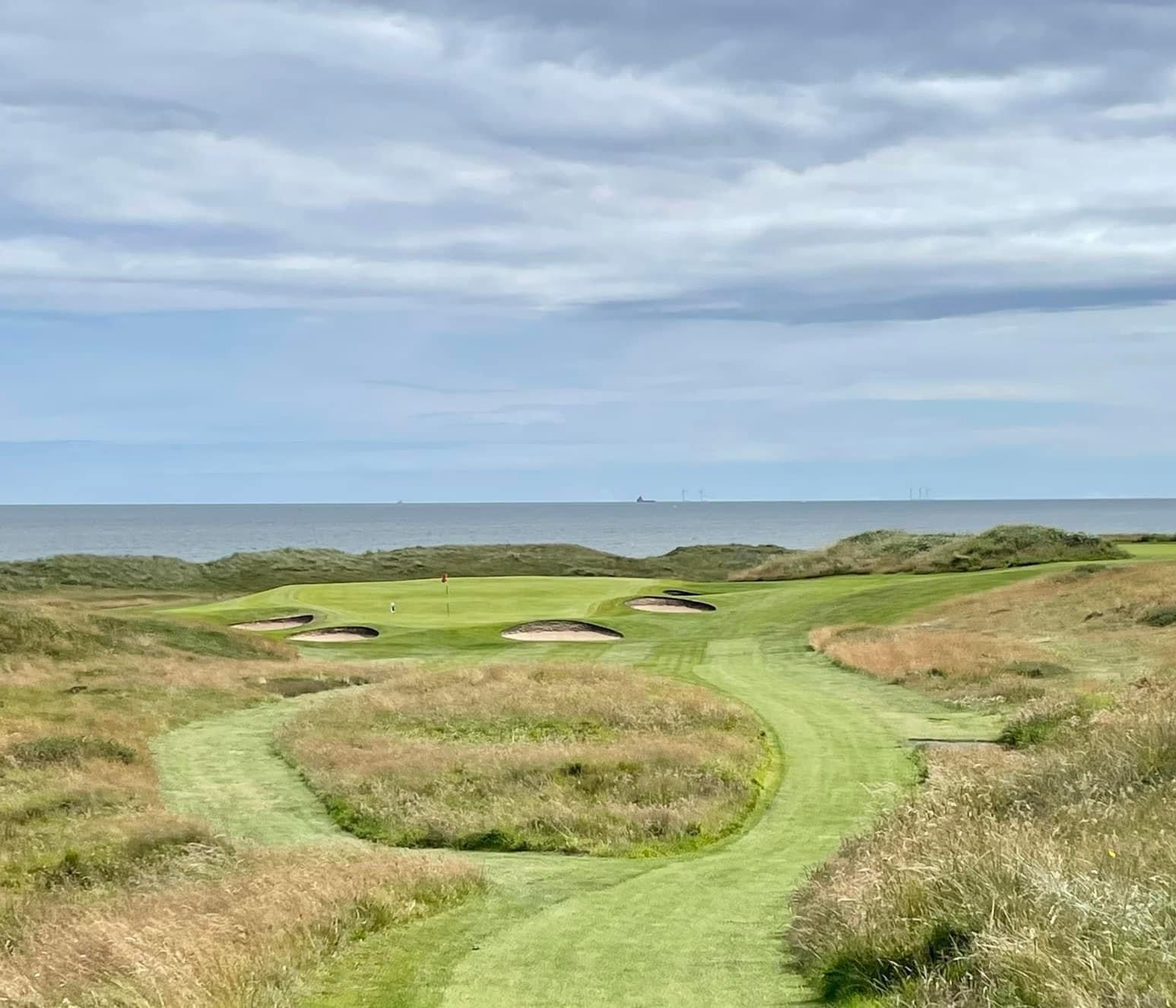Championship Course
Red
Yards
Par
SI
1
386
5
9
2
544
5
1
3
188
3
7
4
375
5
13
5
285
4
15
6
455
5
11
7
355
4
3
8
133
3
17
9
431
5
5
OUT
3152
39
10
300
4
8
11
153
3
14
12
468
5
2
13
360
4
10
14
381
5
6
15
282
4
16
16
362
4
4
17
135
3
18
18
422
5
12
IN
2863
37
TOTAL
6015
76
Green
Yards
Par
SI
1
386
5
9
2
427
5
1
3
150
3
7
4
375
5
13
5
219
4
15
6
407
5
11
7
294
4
3
8
133
3
17
9
373
4
5
OUT
2764
38
10
241
4
8
11
153
3
14
12
411
5
2
13
260
4
10
14
320
4
6
15
282
4
16
16
291
4
4
17
135
3
18
18
342
4
12
IN
2435
35
5199
73
Championship Course
Red
Hole
Yards
Par
SI
1
386
5
9
2
544
5
1
3
188
3
7
4
375
5
13
5
285
4
15
6
455
5
11
7
355
4
3
8
133
3
17
9
431
5
5
OUT
3152
39
10
300
4
8
11
153
3
14
12
468
5
2
13
360
4
10
14
381
5
6
15
282
4
16
16
362
4
4
17
135
3
18
18
422
5
12
IN
2863
37
TOTAL
6015
76
Green
Hole
Yards
Par
SI
1
386
5
9
2
427
5
1
3
150
3
7
4
375
5
13
5
219
4
15
6
407
5
11
7
294
4
3
8
133
3
17
9
373
4
5
OUT
2764
38
10
241
4
8
11
153
3
14
12
411
5
2
13
260
4
10
14
320
4
6
15
282
4
16
16
291
4
4
17
135
3
18
18
342
4
12
IN
2435
35
TOTAL
5199
73
×


